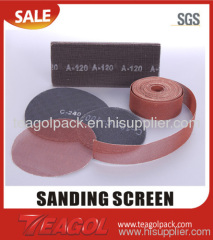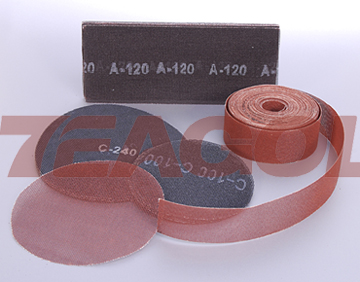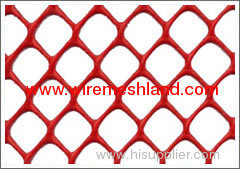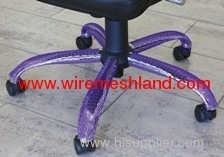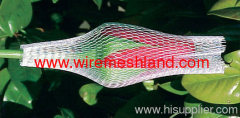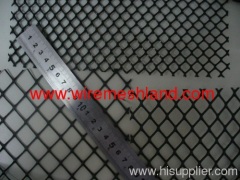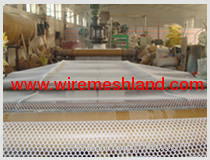
|
Hebei Land Wire Mesh Prdoucts Co.,Ltd.
|
extruded plastic netting
| Payment Terms: | T/T,L/C |
| Place of Origin: | Hebei, China (Mainland) |
|
|
|
| Add to My Favorites | |
| HiSupplier Escrow |
Product Detail
Extruded plastic mesh is made using a variety of unique extrusion and/or expansion processes to produce a wide range of apertures (hole sizes)
Extruded plastic mesh is made using a variety of unique extrusion and/or expansion processes to produce a wide range of apertures (hole sizes), weights, and thicknesses.
Extrusion is a continuous process in which plastic resin pellets are melted and pushed through a die in "meat-grinder" fashion to create a continuous mesh. Extruded netting can be produced in a wide range of configurations ranging from fine filtration-grade netting (resembling woven fabric) to a more coarse extrusion typical of plastic construction fencing.
Diamond Mesh Netting is extruded using counter-rotating dies. Joints are formed when two strands intersect or overlay each other forming a diamond pattern. Two distinct planes (known as flow channels in some applications) are created when the opposing strands overlap. Tooling and processing conditions can create diamond mesh nets with angles ranging from 40 degrees to 105 degrees.
Square Mesh Netting is extruded using a circular oscillating die plate. Longitudinal strands are determined by the size of the holes around the circumference of the die plate. Cross strands are created when the die plate opens, creating an integral joint structure along the x and y plane. Square mesh netting typically has one flat side created by the hot extruded mesh tube passing over a mandrel.
Oriented Netting is produced in a secondary operation by heating and stretching extruded square mesh netting to create a lighter-weight material with higher strength to weight ratios. Bi-axial orientation typically "stretches" the original extrusion by 3 to 4 times the original width and length.
Plastic netting can be used as a lightweight, environmentally-friendly, deterrent to protect shrubs, gardens and decorative plants from foraging wildlife like deer, rabbits, geese and other "critters".
Extrusion is a continuous process in which plastic resin pellets are melted and pushed through a die in "meat-grinder" fashion to create a continuous mesh. Extruded netting can be produced in a wide range of configurations ranging from fine filtration-grade netting (resembling woven fabric) to a more coarse extrusion typical of plastic construction fencing.
Diamond Mesh Netting is extruded using counter-rotating dies. Joints are formed when two strands intersect or overlay each other forming a diamond pattern. Two distinct planes (known as flow channels in some applications) are created when the opposing strands overlap. Tooling and processing conditions can create diamond mesh nets with angles ranging from 40 degrees to 105 degrees.
Square Mesh Netting is extruded using a circular oscillating die plate. Longitudinal strands are determined by the size of the holes around the circumference of the die plate. Cross strands are created when the die plate opens, creating an integral joint structure along the x and y plane. Square mesh netting typically has one flat side created by the hot extruded mesh tube passing over a mandrel.
Oriented Netting is produced in a secondary operation by heating and stretching extruded square mesh netting to create a lighter-weight material with higher strength to weight ratios. Bi-axial orientation typically "stretches" the original extrusion by 3 to 4 times the original width and length.
Plastic netting can be used as a lightweight, environmentally-friendly, deterrent to protect shrubs, gardens and decorative plants from foraging wildlife like deer, rabbits, geese and other "critters".
Contact email: wiremesh at landwiremesh.com
Related Search
Plastic Netting
Plastic Wire Netting
Plastic Window Screen Netting
Plastic Window Netting
Plastic Bird Netting
Plastic Plain Netting
More>>


